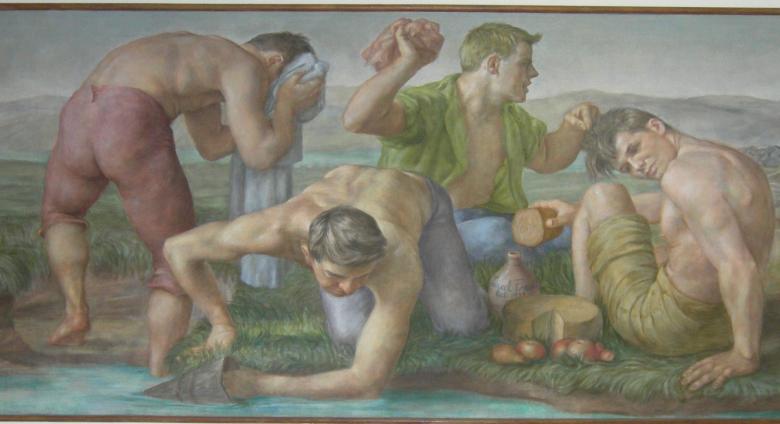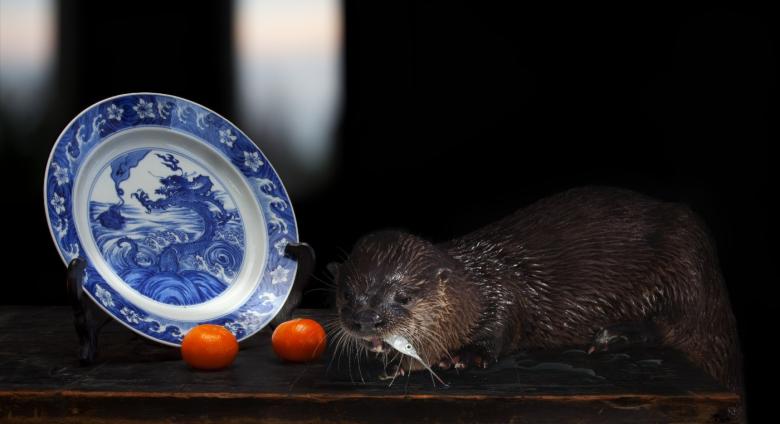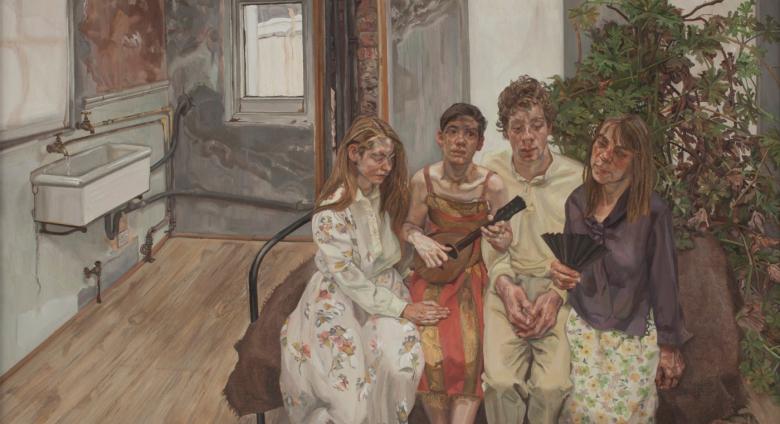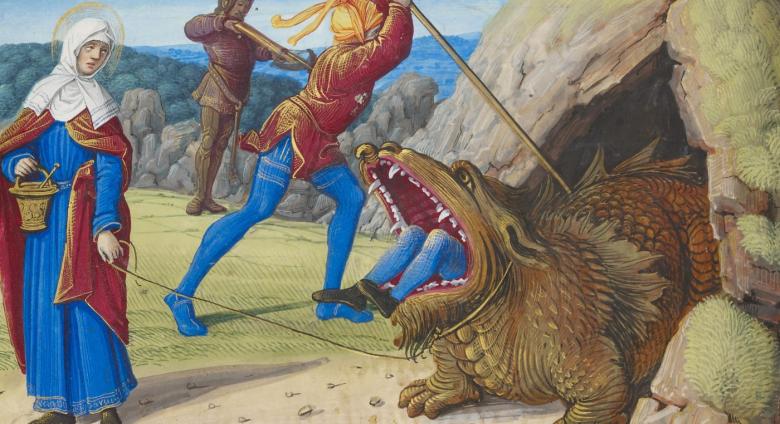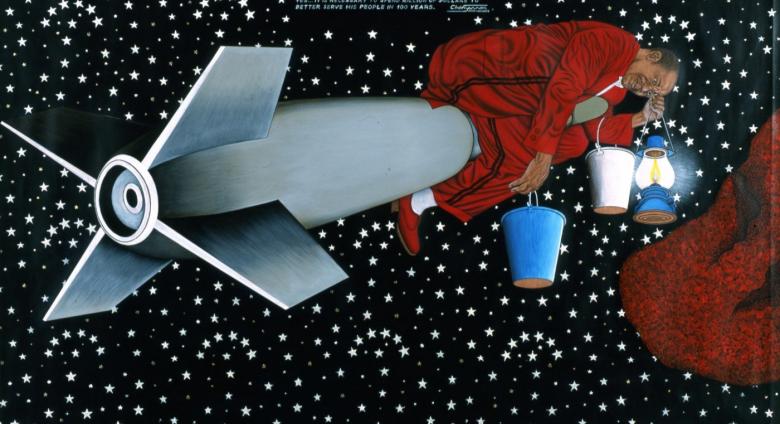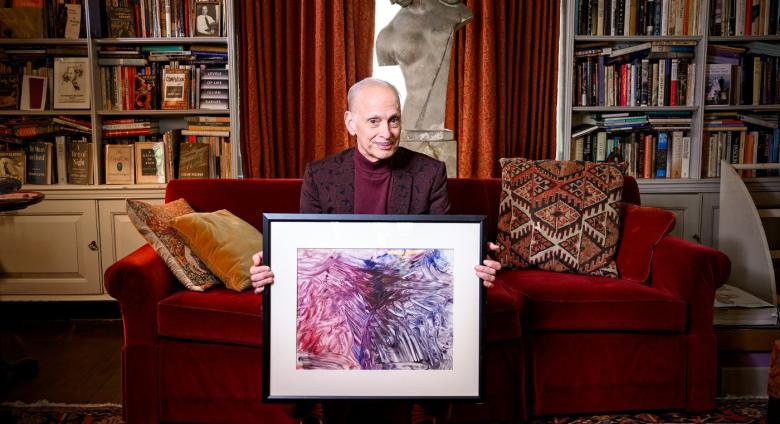July 2019 Art News
After months of protests and calls for his resignation, Whitney Museum of American Art Board Vice-Chair Warren Kanders has resigned from his post. Kanders, who, according to the New York Times, has donated more than $10 million to the museum, has been a board member since 2006. In a resignation letter published today, he writes that, “I joined this board to help the museum prosper. I do not wish to play a role, however inadvertent, in its demise.”
Madison, Wis. – As part of a long-term museum-wide effort to welcome more visitors from a variety of backgrounds, the Chazen Museum of Art is making a dramatic change to its open hours. Beginning Sept. 3, 2019, the Chazen’s doors will be open from 8 a.m. to 8 p.m., seven days a week. The museum will be open a total of 84 hours per week, more than all of its peer museums, according to “Art Museums by the Numbers 2018”, an annual survey conducted by the Association of Art Museum Directors.
Filmmaker and art connoisseur John Waters has just two words for would-be art collectors: Monkey Art.
If you aim to invest in today’s overheated art market, he says in a new book, primate paintings are the way to go.
“Only one collectible art movement from the past hasn’t been reinvented, hoarded, or parodied,” he writes. “Want to speculate in the art market? I’m telling you what to buy–monkey art. Yes, paintings by chimpanzees.”




